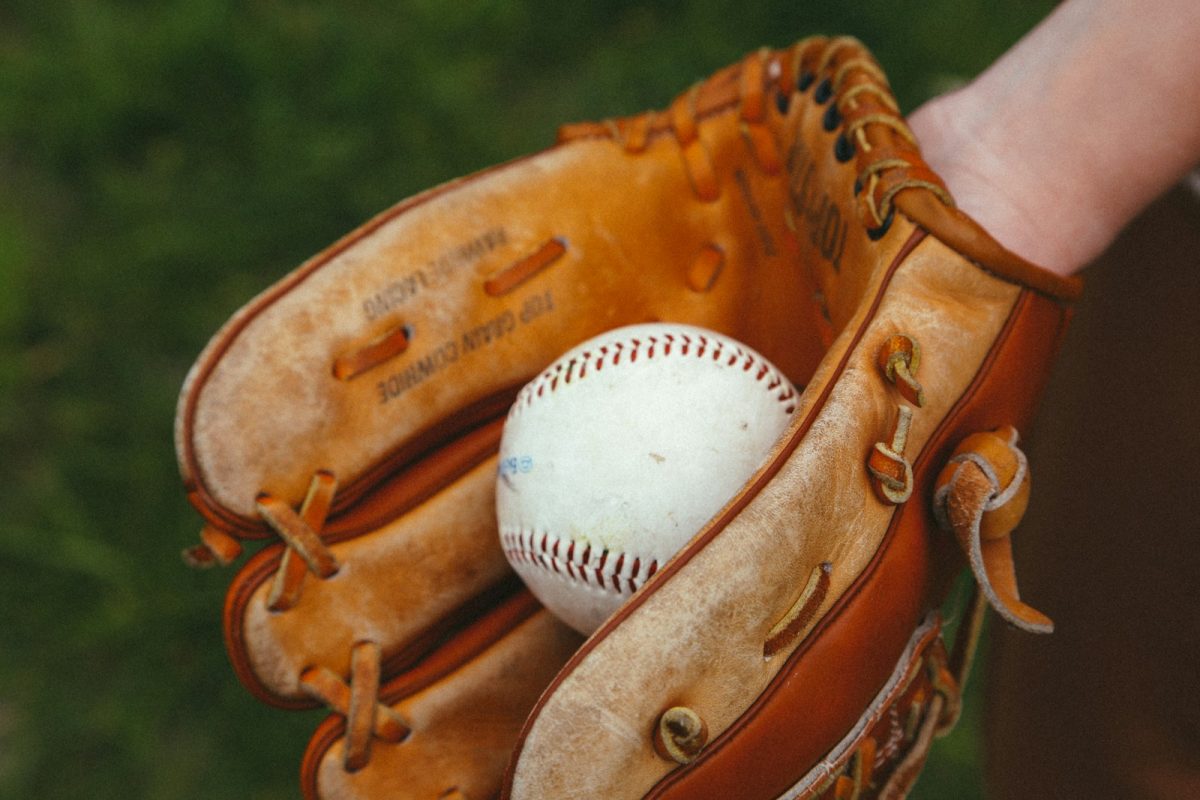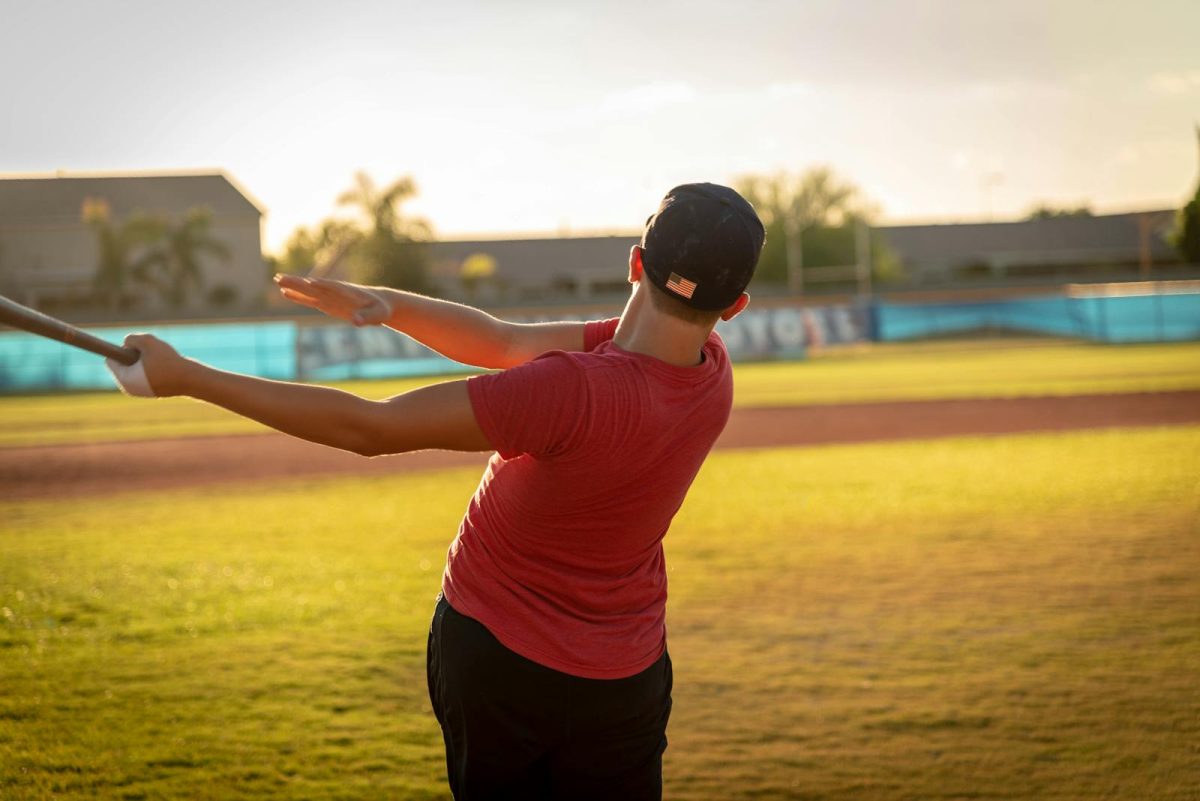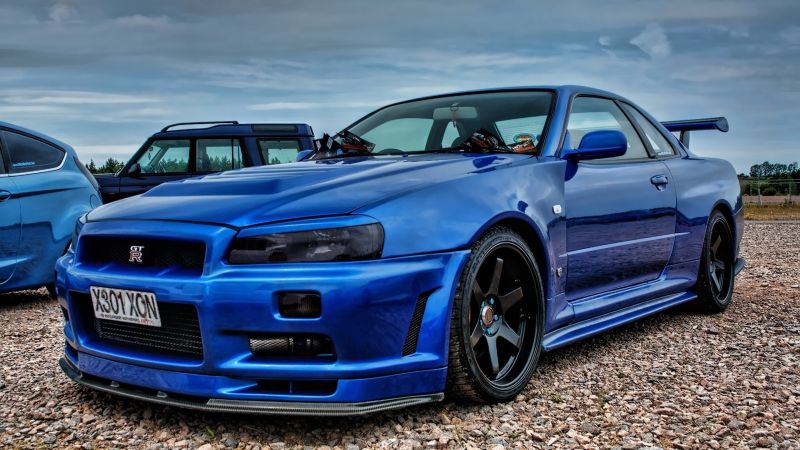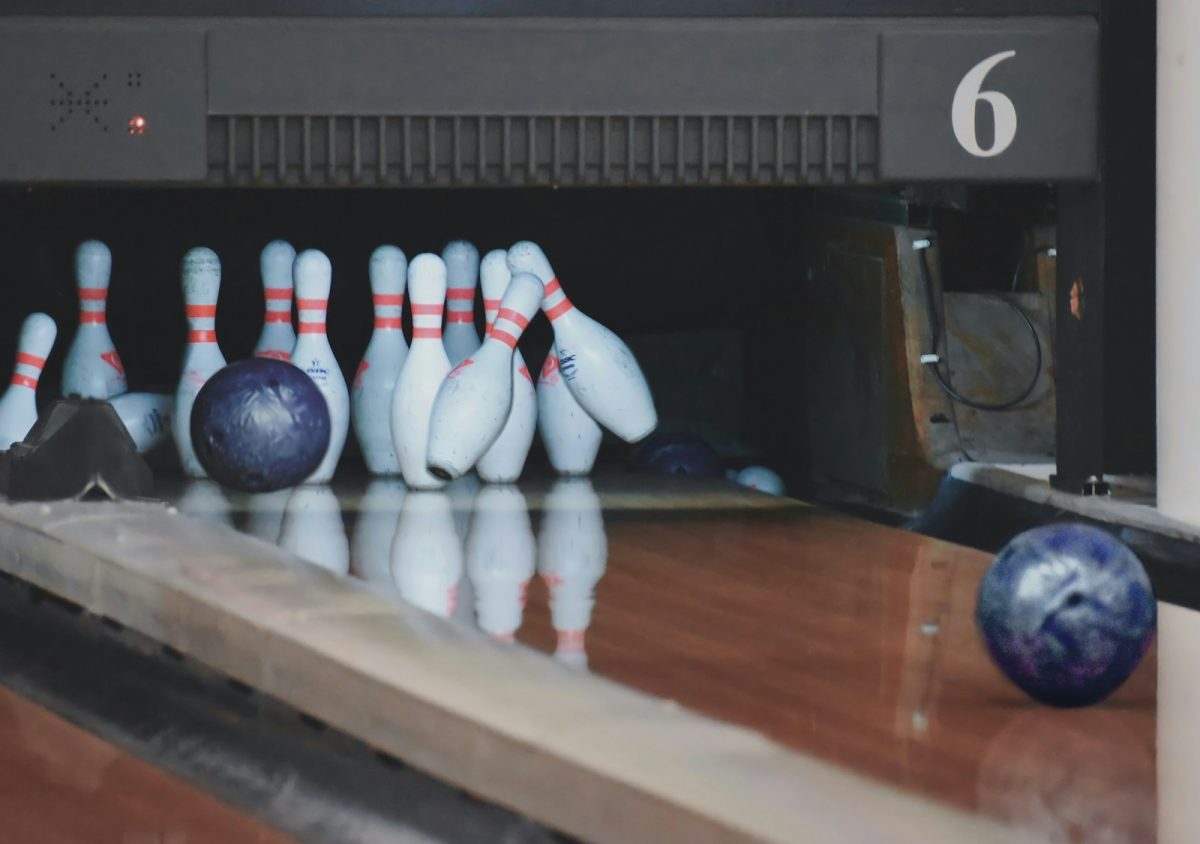The origins of baseball can be traced back to the early 19th century when various bat-and-ball games were played across Europe and America. The first baseballs were handmade and varied greatly in size and construction. Initially, they were made from a cork or rubber core, wrapped in yarn, and covered with leather. The inconsistencies in these early baseballs made the game unpredictable, as players could not count on uniformity in size, weight, or texture.
The modern baseball began to take shape in the mid-1800s. In 1845, Alexander Cartwright, a member of the Knickerbocker Base Ball Club in New York, established rules that included specifications for the baseball itself. The standardization of the baseball was crucial; the ball was to be 9 inches in circumference and weigh between 5 and 5.25 ounces. This laid the groundwork for consistency in gameplay.
As baseball evolved into a professional sport in the late 19th century, so did baseball. The Spalding sporting goods company mass-produced baseballs, ensuring players could rely on uniformity. The introduction of the “cannonball” style, which was tightly wound and had a more durable leather cover, marked a significant advancement. This construction improved the ball’s performance, allowing for greater distance and speed in play.
The early 20th century ushered in the “dead ball” era, characterized by low-scoring games and a focus on strategy over power. The baseball during this time was softer and less lively, leading to fewer home runs. However, the demand for a livelier ball grew as players like Babe Ruth emerged in the 1920s. In response, the design of the baseball was modified once again, introducing a tighter wound core that enhanced its bounce and distance.
The latter half of the 20th century saw significant technological advancements in baseball manufacturing. The introduction of synthetic materials and advanced manufacturing techniques allowed for greater precision in construction. The modern baseball is now made with a cork center, wrapped in layers of yarn, and covered with high-quality leather. These changes have resulted in a more durable ball and more consistent performance.
Today, the official Major League Baseball (MLB) uses a specific type of baseball that conforms to strict regulations established by the league. Each ball is handmade and undergoes rigorous quality control to meet the established size, weight, and construction standards. Innovations in aerodynamics have also been studied to understand how different designs can affect the ball’s performance in the air.
The future of baseball may see further innovations, potentially incorporating innovative technology that tracks data such as speed, spin rate, and trajectory. As the sport evolves, so will the equipment that defines it.
The evolution of baseball is a testament to the sport’s growth and adaptability. From its humble beginnings to its current status as a highly engineered piece of sporting equipment, baseball reflects the changing dynamics of the game. As baseball continues to capture the hearts of millions, understanding its history enriches our appreciation for this quintessentially American sport.
Related Stories
https://baseballhall.org/discover/the-game-stays-the-same-even-as-baseballs-change
https://www.britannica.com/sports/history-of-baseball
Baseball History: Origins, Evolution, and Milestones Explored






